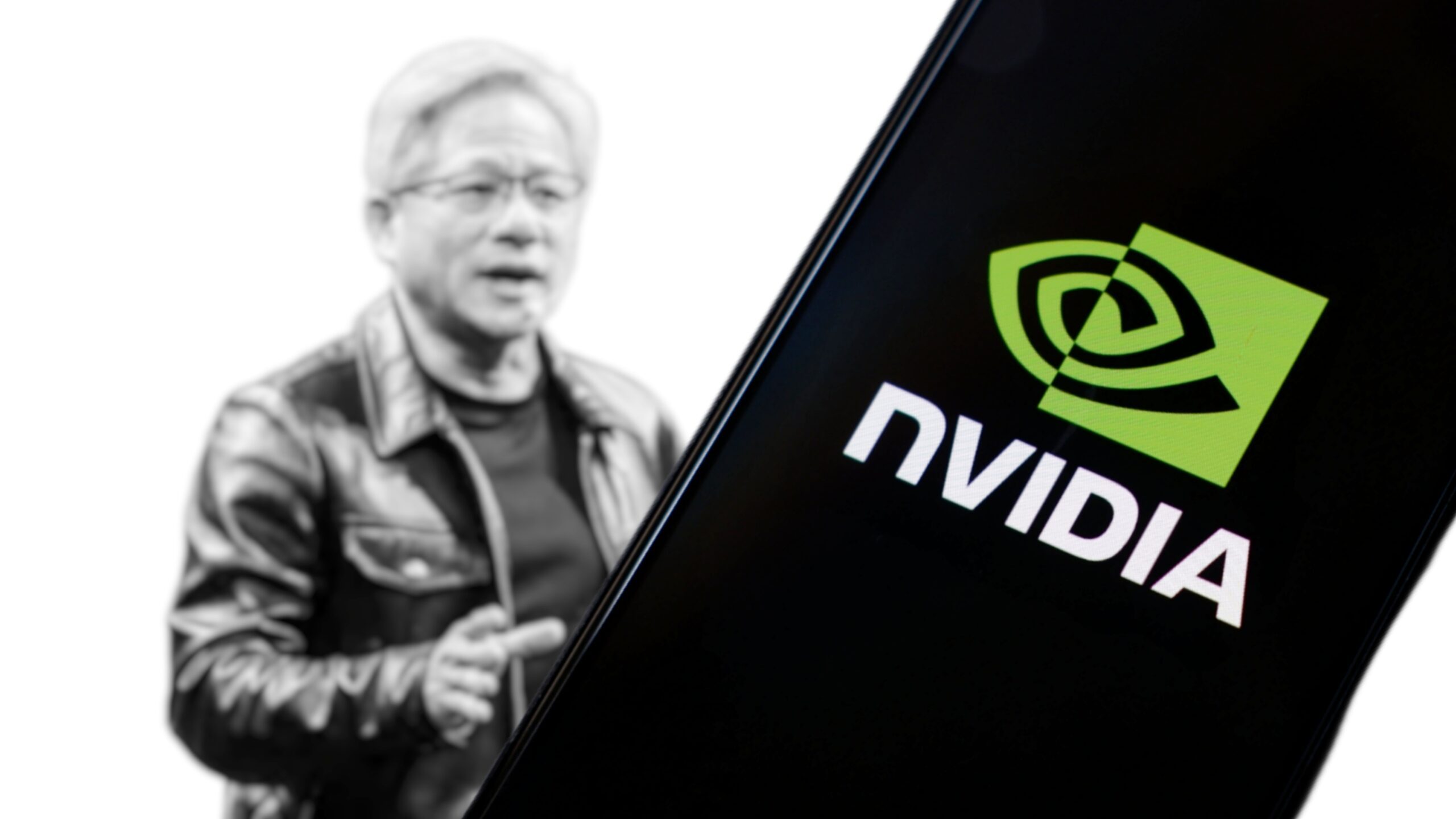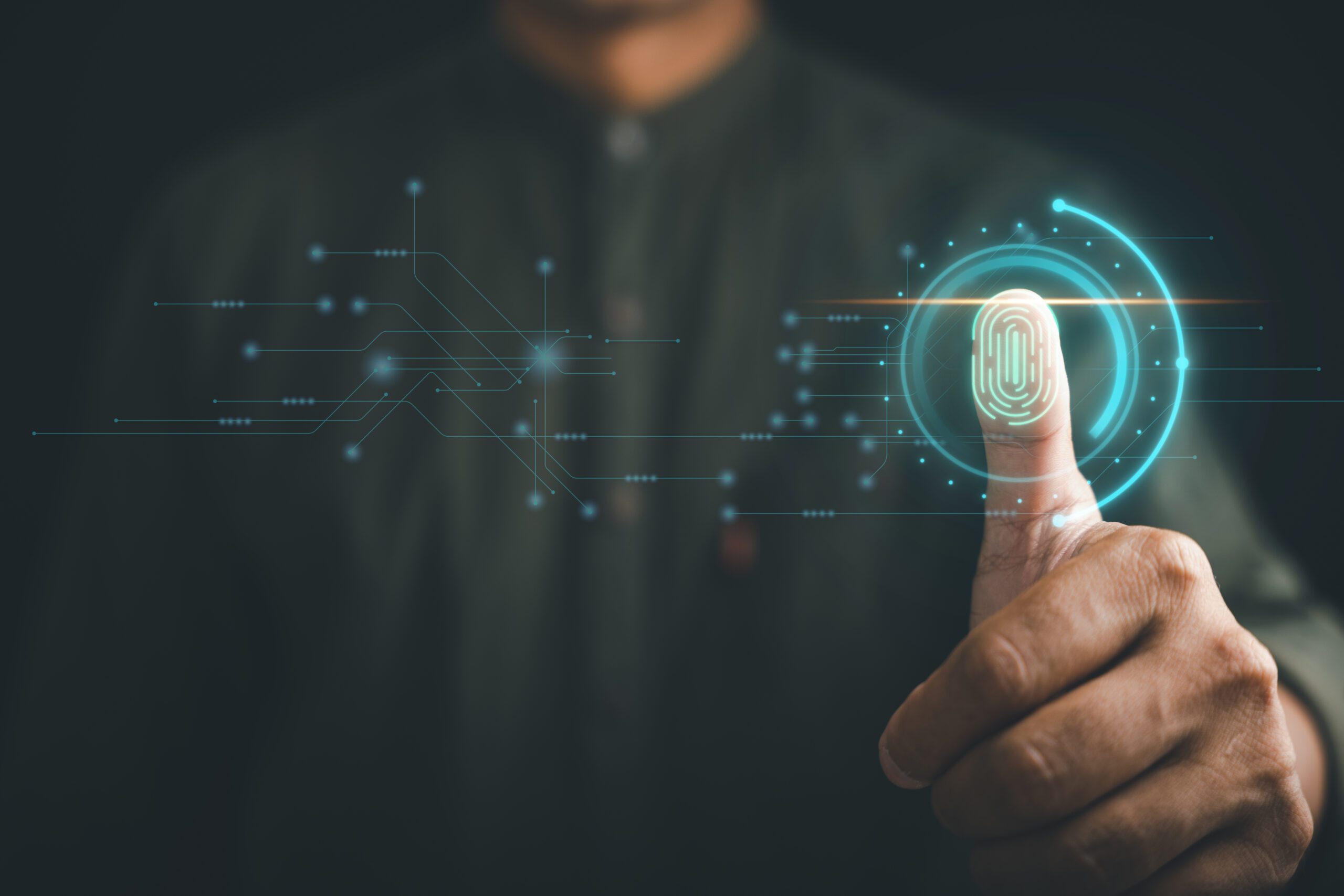Nvidia just reported a $44 billion quarter. That’s up 69% from a year ago…
And nearly enough revenue to buy General Motors outright.
Its data center business alone brought in $39 billion. And despite U.S. export restrictions that hit sales to China, the company posted $18.8 billion in profit.
But as impressive as those numbers are, the real story from Nvidia’s earnings call didn’t come from the company’s balance sheet.
It was what CEO Jensen Huang said about Tesla.
Because it points to where the next trillion-dollar AI opportunity might come from…
Huang’s Bold Prediction
Speaking with Bloomberg News last Wednesday, Huang singled out Tesla’s humanoid robot project, Optimus.
Source: Tesla
He said: “This is the first robot that really has a chance to achieve the high volume and technology scale necessary to advance technology.”
I’m on record that the robot revolution is coming, and that the proliferation of humanoid robots over the next decade is going to come as a shock to most people.
But what Huang said next about Optimus should make every investor take notice: “I think this is likely to be the next multi-trillion dollar industry.”
That’s a pretty heady prediction from the guy whose chips are powering the entire AI boom.
Microsoft — which has a 49% stake in OpenAI — is buying Nvidia chips as fast as Huang can make them.
The company said it processed more than 100 trillion AI tokens last quarter. That’s only possible because of Nvidia’s powerful GPUs.
Google, Meta and Amazon are all racing to build their own custom AI chips.
But right now, they still need Nvidia.
The company has become vital to the global tech stack.
And that puts Huang in a unique position.
Since he’s supplying the tools to advance AI, he’s able to spot trends and make bold bets about what comes next.
That’s why Nvidia invested in Applied Digital Corp (NASDAQ: APLD), which builds data centers for customers.
And why the company also owns shares of Arm Holdings (NASDAQ: ARM), which helps semiconductor companies design advanced computing chips.
And it’s why I’m keeping a close eye on Tesla and Optimus.
Elon Musk says Tesla is already building Optimus units at its Fremont facility. The short-term goal is to deploy thousands of these robots in Tesla’s own factories by the end of next year.
But Musk’s long-term goal is much bigger. He wants to produce a million Optimus units a year by 2030.
Right now, Optimus can walk, stack boxes and perform basic tasks. It’s still clunky and lurches when it walks.
It’s kind of like watching the first iPhone try to load a YouTube video over 2G.
But as anyone who’s followed Tesla — or Apple — knows, you can’t judge a technology by its first version.
We’re still at the beginning of the curve for humanoid robotics, but this curve will rapidly bend up as the technology improves.
Just like what’s happening with AI.
Source: ml-science.com
If Tesla can deliver even a fraction of what it’s promising, it could upend entire sectors…
Logistics, elder care, retail, hospitality and even personal companionship could all soon be handled by humanoid robots like Optimus.
How big could this get?
Analysts at Goldman Sachs think humanoid robots could be a $38 billion market by 2035.
Morgan Stanley puts the potential closer to $4.7 trillion a year by 2050.
That’s a wide range. But even if we land on the low end, it would mark a seismic shift in the economy.
Here’s My Take
I don’t always agree with Jensen Huang. But when he talks, I listen.
After all, he has successfully pivoted Nvidia multiple times. He was right about GPU acceleration.
He’s been right about data center acceleration.
And now he’s pointing to humanoid robots as the next tech frontier. A world where labor isn’t constrained by people.
Tesla is building the kind of AI-native, vertically integrated robot platform that no one else can match at scale.
But Optimus doesn’t just represent the future of labor. It also represents a potential acceleration in the development of AI.
You see, every time Optimus picks up a box, navigates a hallway or adapts to a new task, it generates real-world data.
This data is pure gold for training AI systems.
Because it’s one thing to simulate intelligence in a lab, it’s another thing entirely to learn directly from physical interaction in the real world.
We don’t really know yet what it will take to achieve artificial superintelligence (ASI). But it might take something beyond bigger language models and more compute.
It might take grounding AI in the messy, physical world.
Robots like Optimus serve as a kind of sensory interface between machine learning and reality.
And Tesla has a massive head start in this area because it already has millions of vehicles collecting real-time driving data.
In other words, Tesla has already built one of the world’s largest real-world reinforcement learning networks.
And now it can bring that same data-driven philosophy to humanoid robotics, creating a loop where each robot learns from every other robot’s experience.
That kind of networked intelligence could be the missing piece that pushes AI from narrow to general.
And THAT’S why I believe Huang is so bullish on Optimus.
Regards,
Ian King
Chief Strategist, Banyan Hill Publishing
Editor’s Note: We’d love to hear from you!
If you want to share your thoughts or suggestions about the Daily Disruptor, or if there are any specific topics you’d like us to cover, just send an email to [email protected].
Don’t worry, we won’t reveal your full name in the event we publish a response.
So feel free to comment away!
Disclaimer: This story is auto-aggregated by a computer program and has not been created or edited by finopulse.
Publisher: Source link








